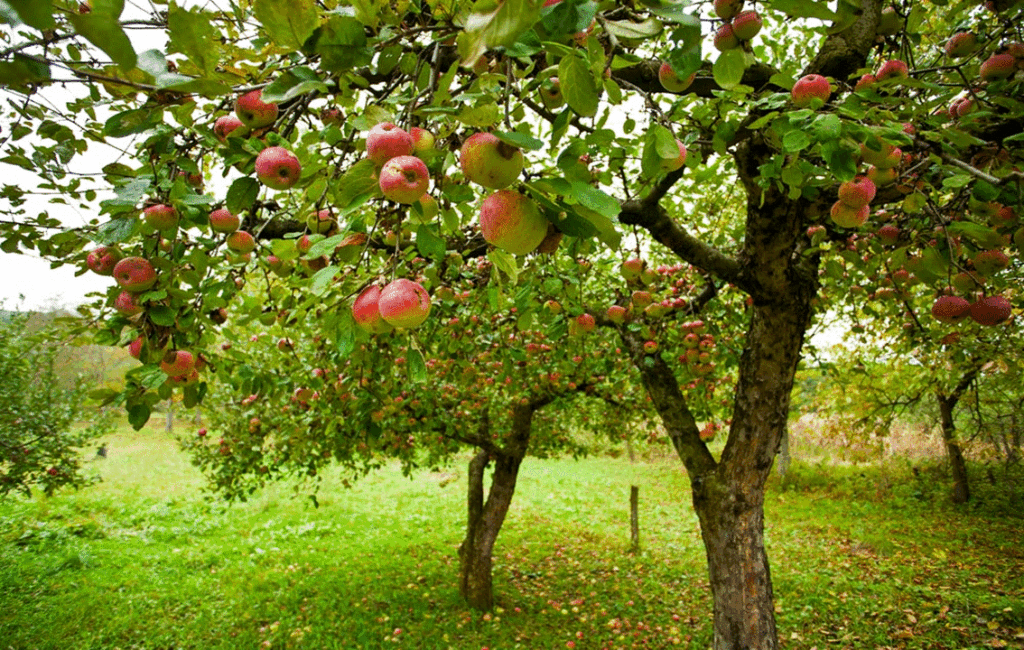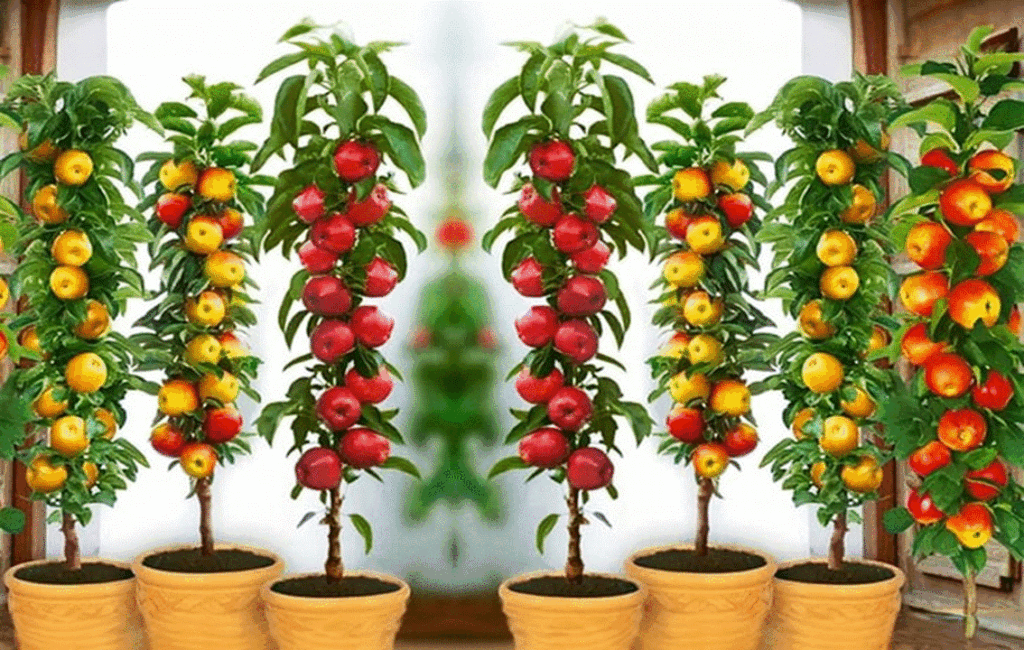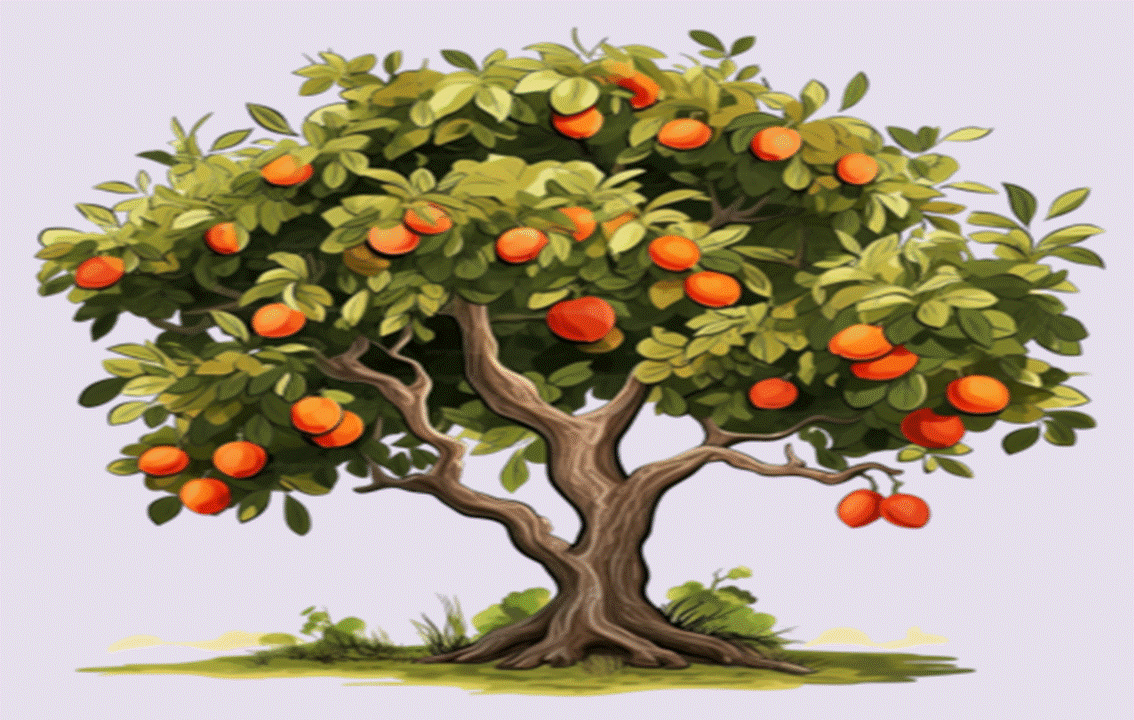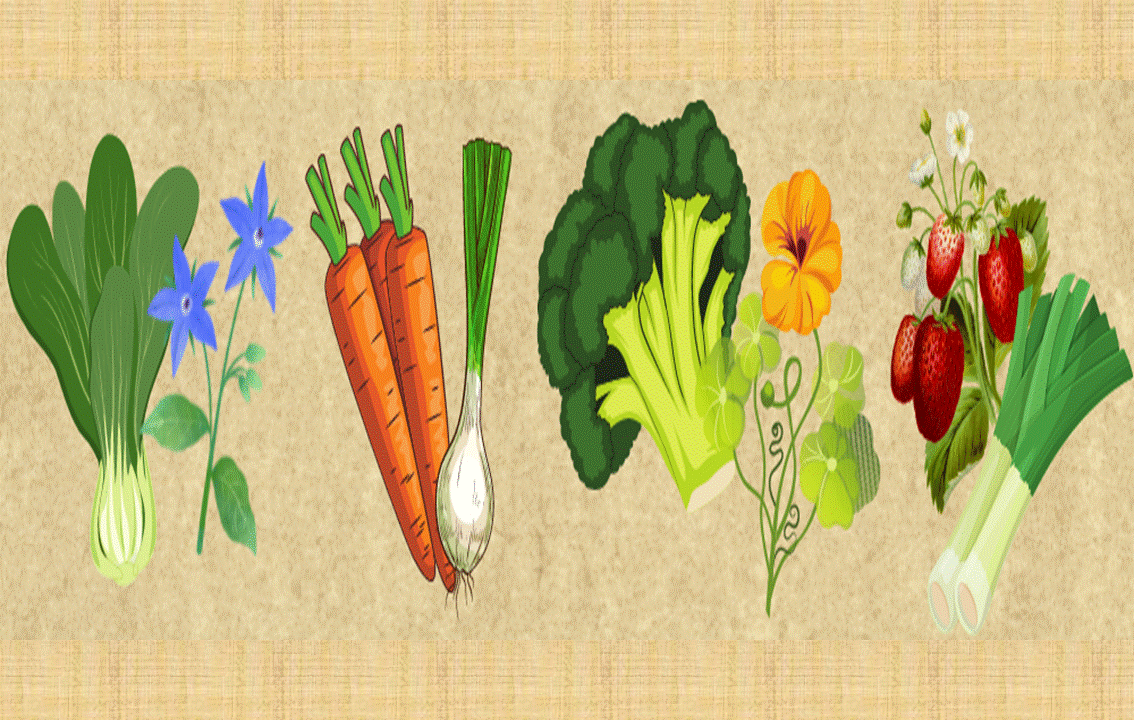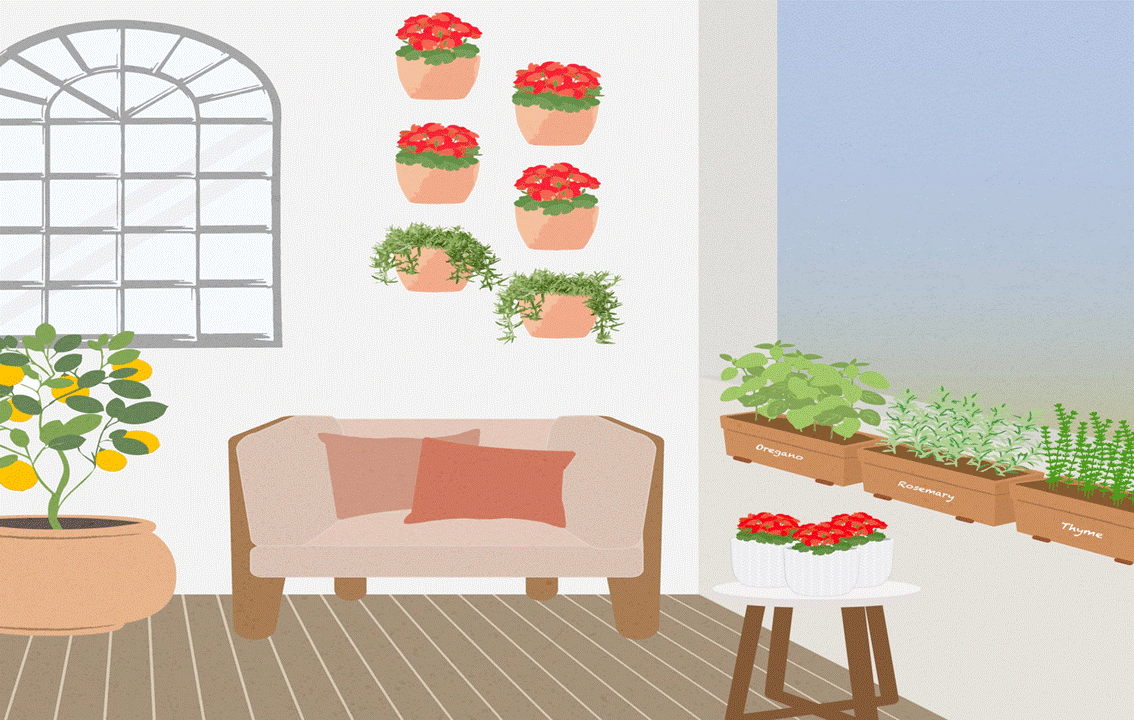GENERAL MAINTAINANCE OF FRUIT TREES
Proper maintenance of fruit trees after they are firmly established in the garden is essential in order to acheive a good yield and a good maintenance program will also ensure healthy growth and fruitful harvests year on year.
The following is a good basic maintenance program that can easily be implemented
Soil: Fruit trees generally prefer a well-draining soil rich in organic matter and the soil should remain consistently moist, especially during dry spells. Overwatering, however, will cause root rot so good drainage is also an important factor. Nutrient needs can be identified by conducting an annual soil test every spring and a good compost or well-balanced organic fertilizer can be introduced whenever required during the growing season.
Mulching: Organic mulch like wood chips, straw, or bark should be applied around the base of the tree and this will conserve moisture, suppress weeds, and regulate soil temperature.
Pruning: This should take place in late winter or early spring before new growth begins. Dormant pruning during the winter promotes healthy structure, whilst general pruning during spring promotes growth and a healthy yield. Dead or diseased branches should be removed and crowded areas of the trees should be thinned out to improve sunlight penetration. When fruits are about marble-sized they should be thinned out to prevent overburdening of the branches and to improve fruit size.
Pest and Disease Management: Fencing or netting will generally keep birds at bay and organic pesticides, as well as the encouragement of beneficial insects like ladybirds, should be used to combat pests or diseases. When and where necessary, plastic covers should also be used to protect against frost and wrapping the trunks of young trees during winter should also be considered.
Harvesting: Each type of fruit has specific signs of ripeness and this should identified before harvesting for the best flavour and yield. Carefully picking the fruits by hand will avoid unnecessary bruising.
Record Keeping: Growth patterns normally emerge after the first year of growth and pest issues, weather conditions, and growth should all be tracked and kept in a logged record so that future care can be adjusted as needed.
